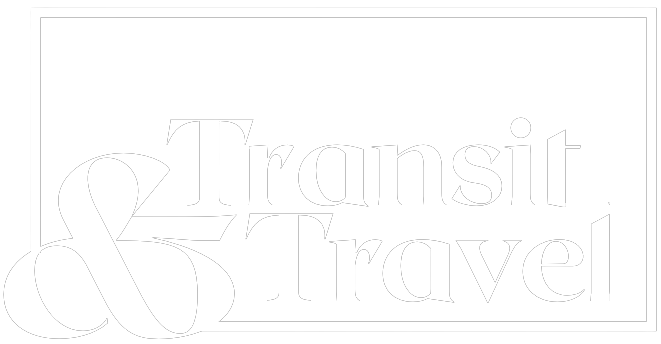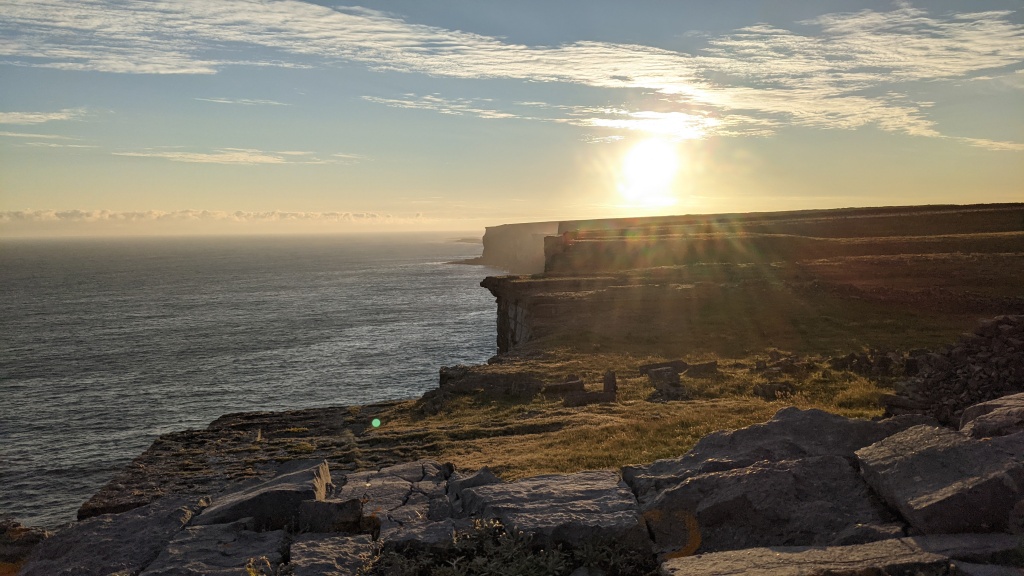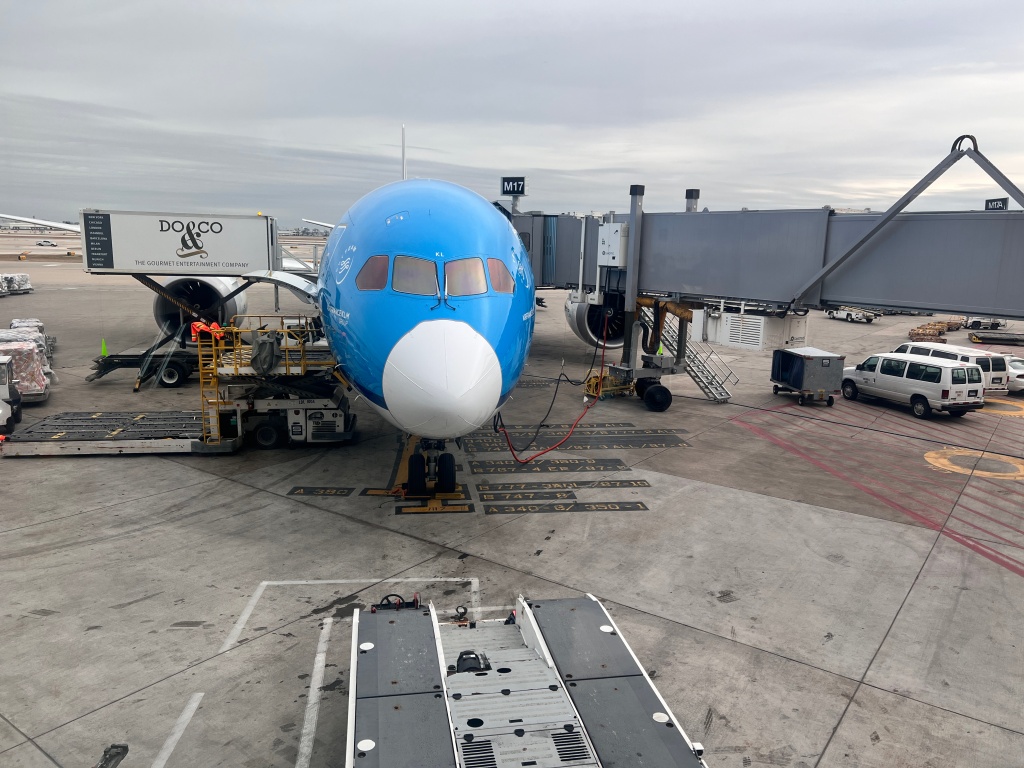The Aran islands are a chain of three islands located off the west coast of Ireland. These islands, known as Inis Mor (Inishmore) Inis Meain (Inismann) and Inis Oirr (Inisheer), are known for their rugged beauty, bountiful archaeological sites, and native Irish-speaking population. In pre-Christian Ireland, the Aran islands were believed to be the westernmost edge of the world, beyond which lay the realm of the Sidh, or the fairies, while in the medieval era, the islands were a refuge for Christian monks who kept literary traditions alive through centuries of unrest in mainland Europe. In more modern times, the islands were often a source of inspiration for Irish literary greats, including WB Yeats and John Millington Synge. With all of this rich history and tradition, it’s no wonder the Aran islands have maintained such enduring popularity for travelers.
My most recent visit to the islands took place in July 2021. I had spent the past month volunteering on an isolated organic farm in County Clare, and I wanted to see a bit more of the country before heading back to the US. My hosts sold honey in the Galway market on Saturday mornings, so when it came time for me to leave the farm, I packed in the car at 4:30 am to get to the market in time for us to claim a prime position. The Galway market was a fascinating place to visit, and worthy of an article in its own right, but for now I will skip to the next morning, where my journey to the Aran Islands begins.

My first destination was Inis Mor, the largest and most commonly visited of the three islands. I had visited Inis Mor once before in 2019 as part of my semester-long study abroad in Ireland. While I enjoyed that visit immensely, I was with a tour group and had only a few hours to explore the island before our day tour had to return to the mainland. This time around, I planned to stay on the islands for several days and explore some of the lesser known sights such as the wormhole on Inis Mor and the Aras Eanna Art Center on Inis Oirr.
In order to reach Inis Mor, I first had to take a bus to Rossaveal, a port town about 20 miles west of Galway city with regular ferries to the islands. I booked my ferry ticket to Inis Mor with Aran Island Ferries. I booked my ticket online for around $15, although the price would have doubled had I been needing a return ticket.
Tickets can also be purchased directly from the Aran Island Ferries office in downtown Galway. Since I booked online, I was required to visit the office to pick up my physical ticket.
Many tour companies including Aran Island Ferries have offices in Galway and operate private shuttles to and from Rossaveal for their customers. If a shuttle is not available, you can take the 424 bus from Galway city center to Rossaveal port, although this nearly doubles your travel time due to the buss’ frequent stops.
The ferry itself had both indoor seating and an upper deck with outdoor seating. The indoor portion had a desk that allegedly sold snacks, although no one was available to man it on this trip. I spent the majority of the 40 minute ride on the upper deck watching the scenery.

Once we disembarked on Inis Mor, a large number of mini bus drivers began circling the visitors and offering tours of the island. I was not looking for a tour, but I was able to pay one of the drivers 5 euro to drop me off at my hotel on the other side of the island. I was staying at a hotel at the foot of Inis Mor’s most popular tourist destination, Dun Aonghasa, so I knew this would be on his normal route.
Vehicles are tightly regulated on the island, and use of cars, buses, and trucks is limited to those needed for work such as tourism and farming. All vehicles in the Aran islands are diesel operated. Diesel fuel is brought to the island on three times weekly supply shipments and distributed from the island’s only gas station, located in Kilronan. When I wanted to return to Kilronan for dinner, I received a ride there and back along with several other hotel guests in the owner’s minibus.

While shuttle buses are a fast and reasonably inexpensive way to get around Inis Mor, for my second day on the island I wanted to explore some different transportation options. I decided to start the day by walking from my hotel back to Inis Mor port along An Bothar Mor, the central “high road” through the island. The walk was 6.6 kilometers, or just over 4 miles, and took about an hour and a half to complete at a leisurely pace.
Once I was back in town, I headed to Inishmore bike hire, one of several bicycle rental shops located across from the port, and checked out a bike. On my way back to the hotel, I took Cottage road, the “low road” that passes along the northern coast of the island. During this 7.7 kilometer (4.8 mile) bike ride, I took many opportunities to toss my bike in the ditch to check out beaches, scenic outlooks, and even a colony of sea lions.

The next morning I woke up early to bike back to town and catch the ferry to my next destination, Inis Oirr. To my surprise, when I went outside I discovered that my bike, helmet, and bike lock had disappeared from the outdoor bike storage area! After calling the bike rental service, I learned that they had come by after dark and taken the bike back to town under the assumption that they were saving me the hassle of returning it. Fortunately, the hotel owner was able to give me a ride to town, and after explaining the situation to the bike rental, I was offered a refund for the day.
The easiest way to get from Inis Mor to Inis Oirr is generally to take an inter island ferry. Doolin2Aran Ferries offers such a route, but only once a day in the mid afternoon. I wanted to have as much time on Inis Oirr as possible, so I opted to take an earlier ferry that first stopped over in Doolin before circling back to Inis Oirr.
The trip to Doolin took about 35 minutes, and the route took us straight past the other two islands: Inis Meain and Inis Oirr. Since I didn’t have time to visit the middle island of Inis Meain on this trip, it was nice to at least get a view of it. This ferry was much smaller and lower to the water than the last, and I had been splashed many times by the time we finished crossing the open water between the Aran Islands and Doolin.

Once we arrived in Doolin, the ferry only stopped at the dock for around 15 minutes, just long enough to release most of the passengers and get a new, larger group on board. The return trip to Inis Oirr was much quicker, and all in all the complete journey took a little over an hour.
Inis Oirr is the smallest of the three Aran islands, and has a permanent population of just 250 or so people. Inis Oirr has only a small number of diesel trucks for resident’s use, and no vehicular transportation is available on the island. Instead, visitors can walk, rent bikes, or take a ride in a horse and buggy. An interesting note, Inis Oirr receives its potable water supply from a pipe to the mainland which is only active for about half the day. Hotels and other businesses have private tanks which they fill during the day and use overnight, but guests are asked not to shower or use too much tap water in the evenings.
When I arrived, I figured I would walk to the first destination I wanted to see, a shipwreck about a 30 minute walk from the port. I tried asking a couple different horse and trap drivers for a ride back to town, or anywhere else for that matter, but I was told that they were waiting for other customers to return. I had assumed the idling drivers were waiting for customers, but it appeared they would only pick up new customers from the port.

This was not a big setback however, as the island is very small, and pretty much every destination was within a thirtyish minute walk from the last. There were a few parts of the island I was not able to see by foot in a single day, but overall I enjoyed the relaxed pace of walking down the empty maze-like roads until I next spotted something that caught my eye.
Although I did not have a chance to travel to or from the islands by air on this journey, I was surprised to learn that all three islands have their own airstrips. Flights between Connemara airport on the mainland are available through Aer Arann islands. Prices are surprisingly low for tourists to access this service, and one way flights for island residents are available for as little as 20 euro! Aer Arann Islands also offers charter and freight flights to all three islands, as well as scenic flights that pass over mainland destinations like the burren and the cliffs of Moher.
Flights from Connemara Airport to any of the three Aran Islands are blocked at 8 minutes in duration, making them among the shortest passenger air routes in the world. However, after factoring in the time to bus from Galway city to Connemara airport, traveling to the islands by plane saves very little time for the average tourist. In addition, air access to the islands is weather dependent to a similar or greater degree than over water travel. That being said, air travel to the islands certainly offers a unique perspective, and I hope to access this form of travel on my next visit.
Noel Reiling Staff Writer, Ireland







Leave a comment